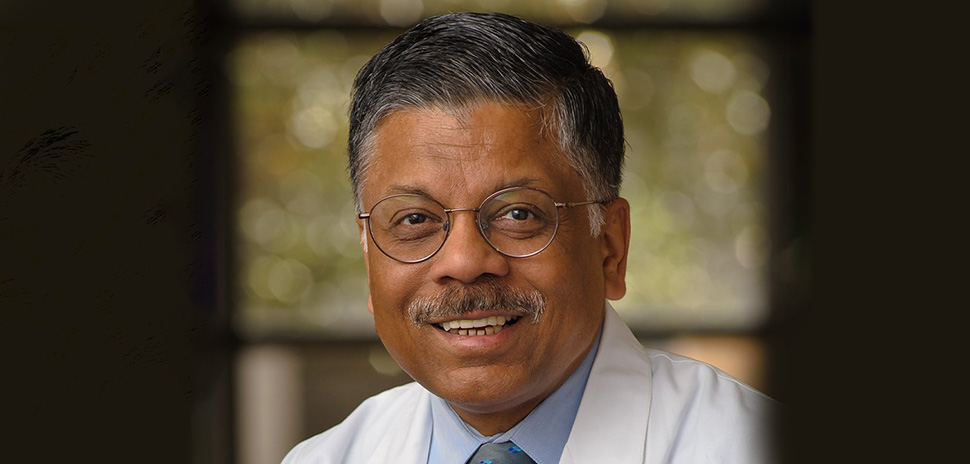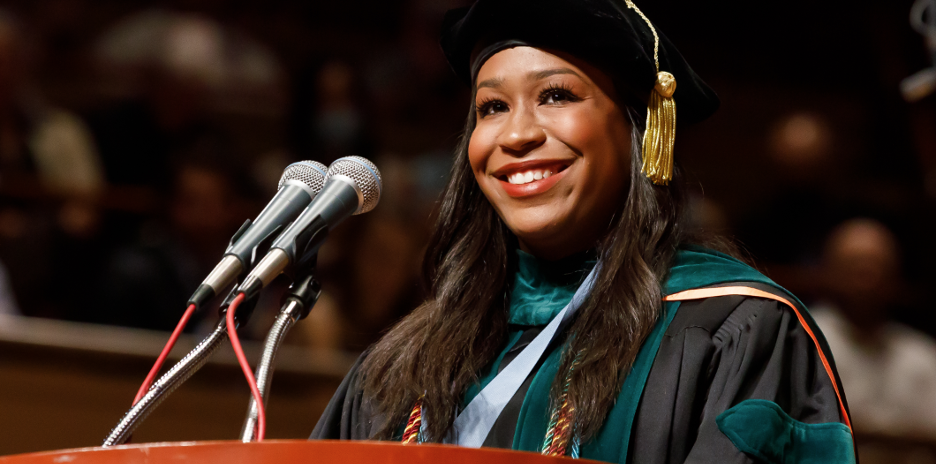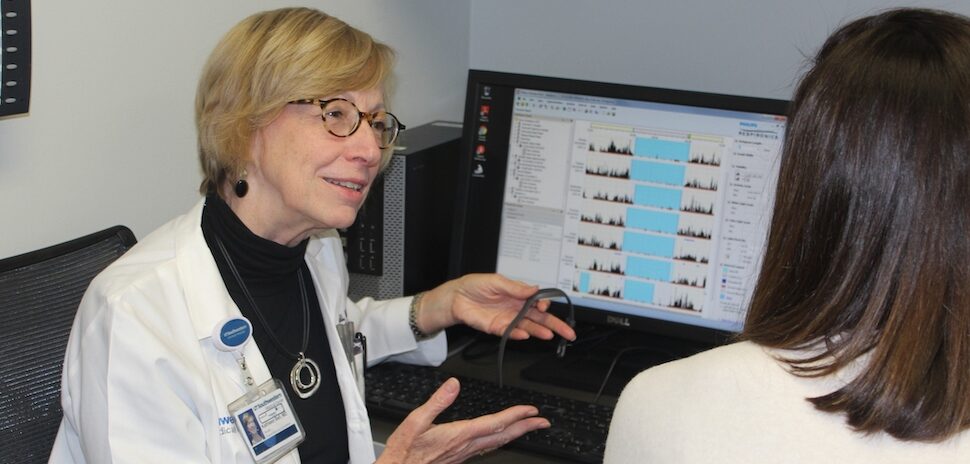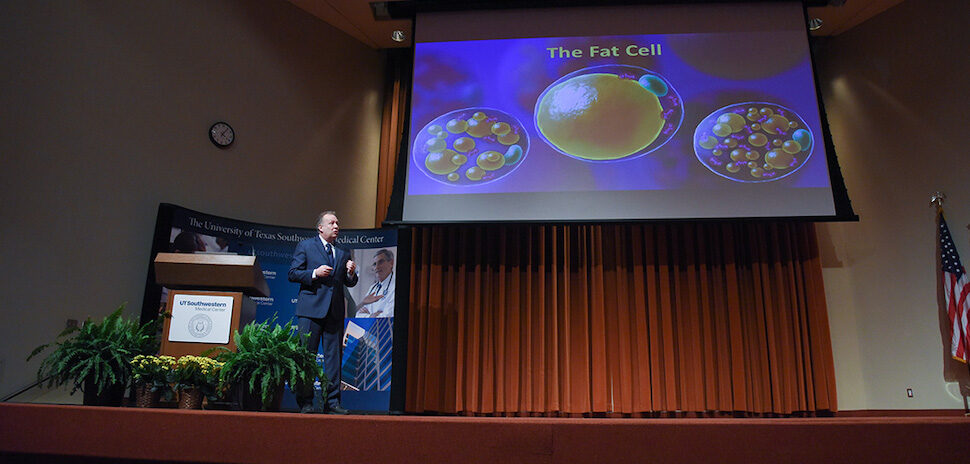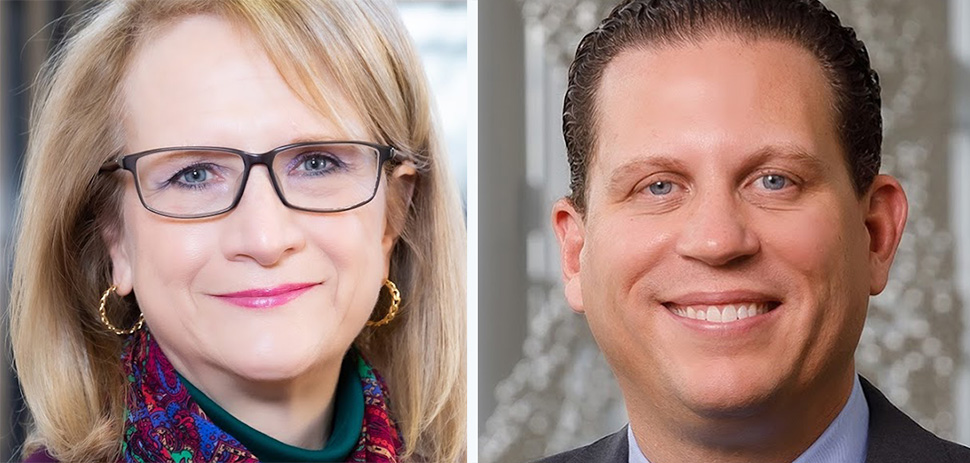Researchers at UT Southwestern Medical Center in Dallas have made a discovery that could help diagnose and unlock new therapies for people with acquired generalized lipodystrophy (AGL).
The researchers discovered the first molecular biomarker for AGL, a rare disorder in which fat deposits are destroyed, causing patients to have dangerously low body fat, signs of accelerated aging, and severe metabolic diseases including diabetes and fatty liver.
Discovery ‘provides a new diagnostic tool’
“The discovery of this autoantibody provides a new diagnostic tool for AGL patients and could potentially result in novel therapeutic options,” Abhimanyu Garg, M.D., professor of internal medicine, section chief of Nutrition and Metabolic Diseases in the Division of Endocrinology, and director of Metabolic Diseases in UT Southwestern’s Center for Human Nutrition, said in a statement.
Garg was one of three senior authors of the study, published in Diabetes, conducted in collaboration with colleagues at the University of California, San Francisco, and institutions in France, Norway, and Russia.
Underlying cause remains unclear
According to UTSW, the underlying cause of AGL, which is most often diagnosed in children but also can appear in adults, has so far remained unclear. Roughly 100 cases have been reported worldwide, making it difficult to study the commonalities among patients.
For years, researchers have suspected the disorder is an autoimmune condition, in which a person’s immune system attacks the body, UTSW said. Researcher, however, had been unable to pinpoint any unusual or unique autoantibodies in AGL patients, the medical center said.
In their research, Garg and his colleagues utilized their UT Southwestern biorepository containing blood, DNA, and clinical data collected from 46 patients with AGL over the past 30 years.
World’s largest collection of data on AGL patients
“We now have the largest collection of data on AGL patients in the world,” Garg said. “The banked samples from these patients were key to our new discovery.”
UTSW said the team sought to find antibodies against nearly 19,500 different human proteins in the blood samples from the patients and healthy controls, homing in on the perilipin-1 autoantibody as the key finding differentiating people with AGL from those without the disease.
Perilipin-1 is a protein known to play a role in the storage of fat molecules in fat cells, UTSW said. The autoantibody was found to be present in 17 of the 46 patients but in none of the controls.
That led the team to conclude that the perilipin-1 autoantibody – which would direct the immune system to attack the protein and therefore harm fat cells – might play a role in the disease.
UTSW said that additional detailed profiling of the patients whose blood contained the perilipin-1 autoantibody showed that those with one subtype of AGL, known as AGL with panniculitis, were even more likely to have them.
Panniculitis is a process whereby immune cells infiltrate fat tissue, causing destruction and death of fat cells. The team also discovered that laboratory mice known to develop AGL-like disease also had the autoantibody to perilipin-1.
Further work is needed
Researchers said that they need to do further work to understand the prevalence of the perilipin-1 autoantibody among patients with AGL and related disorders, as well as whether an immunotherapy drug or procedure could remove or block the autoantibody to treat those developing AGL.
Other UTSW researchers who contributed to the study include Anil K. Agarwal, Xilong Li, and Chengsong Zhu, UTSW said.
The research was supported by funding from the National Institutes of Health and the Southwestern Medical Foundation.
![]()
Get on the list.
Dallas Innovates, every day.
Sign up to keep your eye on what’s new and next in Dallas-Fort Worth, every day.










